How the Seoul Halloween crowd crush happened
Authorities criticised after at least 154 people killed in stampede in South Korean capital
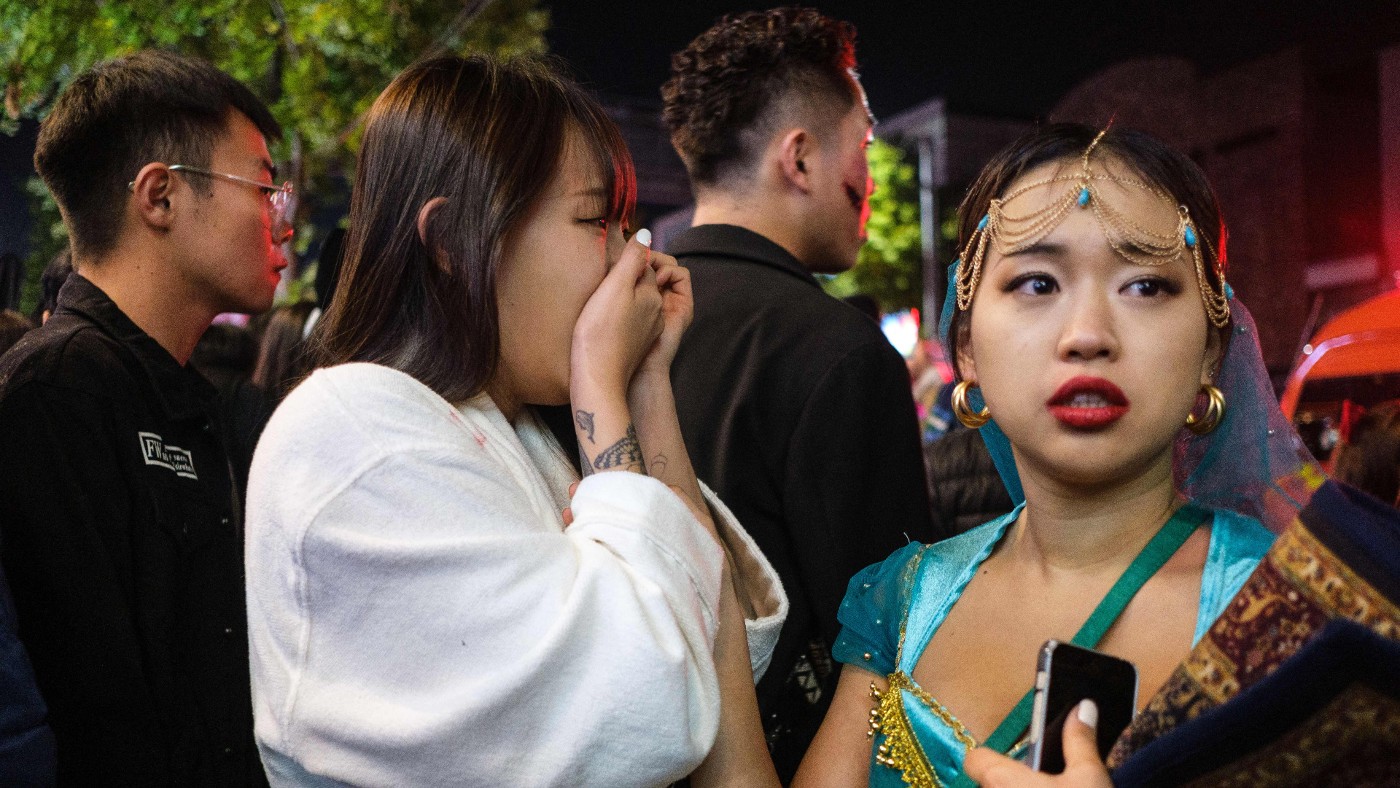
The prime minister of South Korea has promised to launch a thorough investigation into the deadly stampede during Halloween festivities in Seoul on Saturday night.
Han Duck-soo said his government would make any “necessary changes” to prevent a repeat of the tragedy, which claimed the lives of at least 154 people, most of them teenagers or young adults.
But as mourners leave written tributes and white chrysanthemums, “a symbol of grief in South Korea”, near the disaster scene in Seoul’s Itaewon district, anger and “accusations have been levelled against the authorities”, said the BBC.
The Week
Escape your echo chamber. Get the facts behind the news, plus analysis from multiple perspectives.

Sign up for The Week's Free Newsletters
From our morning news briefing to a weekly Good News Newsletter, get the best of The Week delivered directly to your inbox.
From our morning news briefing to a weekly Good News Newsletter, get the best of The Week delivered directly to your inbox.
Why were the crowds so big?
Itaewon has long been a popular place to celebrate Halloween, attracting revellers from across South Korea and from other countries.
During Covid, the festivities were “muted by pandemic restrictions on crowd sizes and mask mandates”, said CNN. But following the lifting of restrictions for this year’s event, hotels and ticketed events in the neighbourhood were “booked solid”.
Some critics have claimed that while larger than usual crowds were expected, the authorities failed to increase security levels to adequate levels.
“Korean media have pointed out that just two weeks earlier, a concert by K-pop superstars BTS in the southern city of Busan attended by 55,000 fans was manned by 2,700 security officers,” said the BBC, But only 137 officers in Seoul were deployed to Itaewon “to manage a crowd that ran into thousands”, the broadcaster reported.
A free daily email with the biggest news stories of the day – and the best features from TheWeek.com
What happened?
Witnesses have told of 30-minute waits to exit a packed Itaewon underground station “a full two hours before the crush happened”, Sky News, and of standing “shoulder to shoulder” with crowds of partygoers even in the district’s wider main roads.
Around 100,000 people are estimated to have attended the Halloween celebration.
As the night grew “more frenetic and the mass of revellers swelled”, some were pushed into an alleyway barely 11ft, in a “bottleneck of human traffic that made it difficult to breathe and move”, reported The New York Times. “Then, they began to fall, a tangle of too many bodies, compressed into too small of a space.”
A witness told the paper that she and her friends saw ambulances and fire trucks arriving at about 11am, but that nearby clubs still “had their music blasting”. Another witness reportedly “said he saw some partygoers still drinking and singing next to the bodies on the street”.
Social media footage “showed hundreds of people who couldn’t move as emergency officials and police tried to pull them free”, said ABC News. A survivor said many people fell and toppled “like dominoes” as the panicked crowd pushed to escape.
Emergency workers and some partygoers “desperately performed CPR on rows of people lying in the streets after the crush”, the broadcaster reported, but witnesses described the scene as “completely out of control”.
The number of people in Halloween costumes “contributed to the widespread sense of confusion and chaos”, said CNN.
A witness told The Times that she initially “thought it must be some kind of performance art piece, a political statement, because they were all wearing costumes”.
Has South Korea had similar disasters?
The Halloween disaster has “echoes” of the Sewol ferry disaster in 2014, when more than 300 people drowned as their “overcrowded and poorly run” ferry capsized while en route from Incheon towards Jeju in South Korea, said Sky News. The subsequent public outcry led to a tightening of safety rules and new legislation to crack down on corruption.
That same year, 16 people at an outdoor concert in Seongnam, just south of Seoul, were killed when the ventilation grate they were standing on caved in.
Choi Chang-woo, leader of the Citizens’ Alliance for a Safe Society, told The New York Times that “our society has advanced greatly in accumulating wealth and building the economy, but we are far behind in respecting human lives”.
Chas Newkey-Burden has been part of The Week Digital team for more than a decade and a journalist for 25 years, starting out on the irreverent football weekly 90 Minutes, before moving to lifestyle magazines Loaded and Attitude. He was a columnist for The Big Issue and landed a world exclusive with David Beckham that became the weekly magazine’s bestselling issue. He now writes regularly for The Guardian, The Telegraph, The Independent, Metro, FourFourTwo and the i new site. He is also the author of a number of non-fiction books.
-
 ‘Care fractures after birth’
‘Care fractures after birth’instant opinion Opinion, comment and editorials of the day
-
 Shots fired in the US-EU war over digital censorship
Shots fired in the US-EU war over digital censorshipIN THE SPOTLIGHT The Trump administration risks opening a dangerous new front in the battle of real-world consequences for online action
-
 What will the US economy look like in 2026?
What will the US economy look like in 2026?Today’s Big Question Wall Street is bullish, but uncertain
-
 Hundreds of children hit with heat exhaustion at World Scout Jamboree in South Korea
Hundreds of children hit with heat exhaustion at World Scout Jamboree in South KoreaSpeed Read One British parent said children ‘think they are going to die’
-
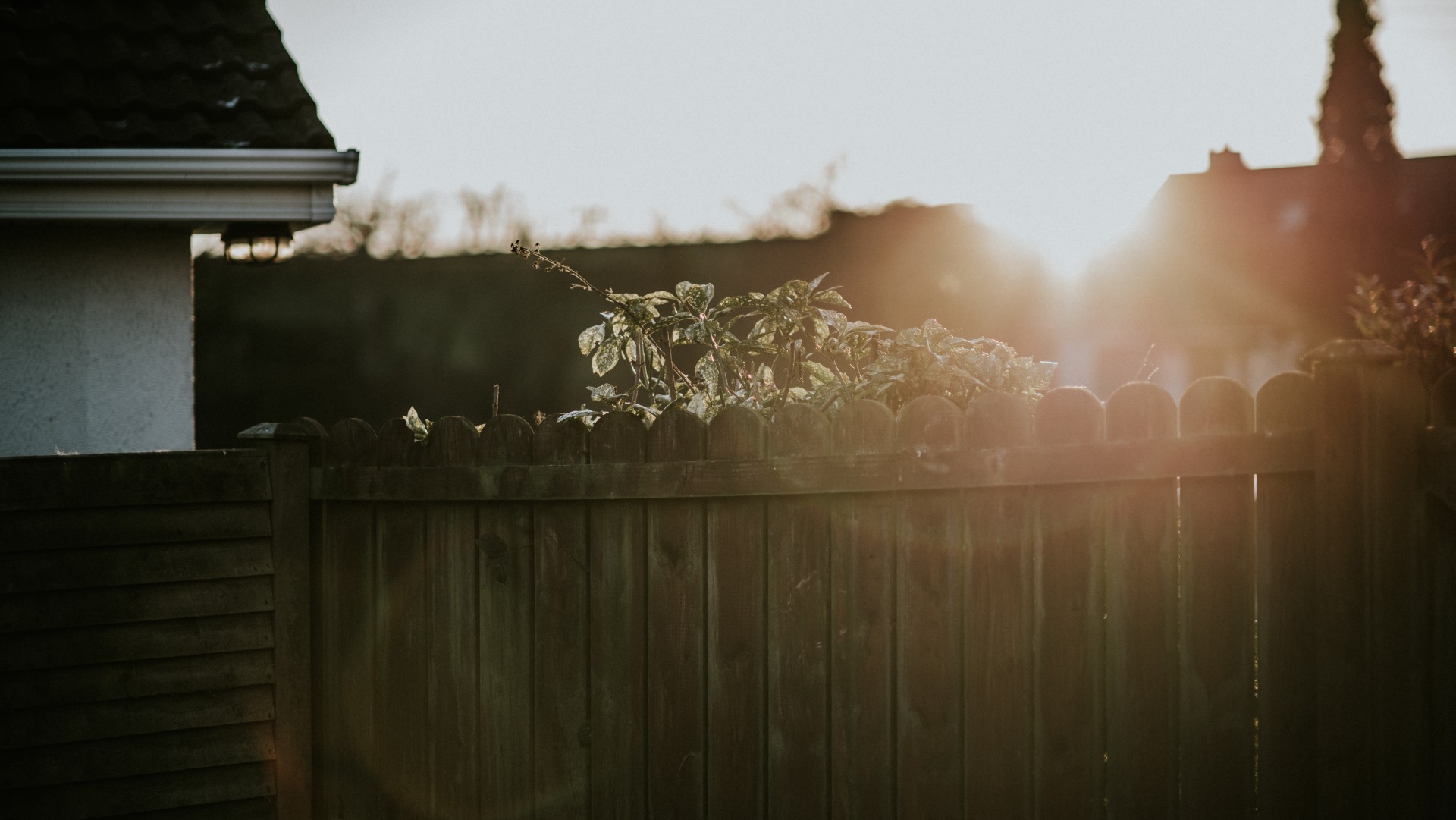 Council accused man of stealing his garden
Council accused man of stealing his gardenfeature And other stories from the stranger side of life
-
 South Koreans suddenly become younger thanks to new 'international age' law
South Koreans suddenly become younger thanks to new 'international age' lawSpeed Read
-
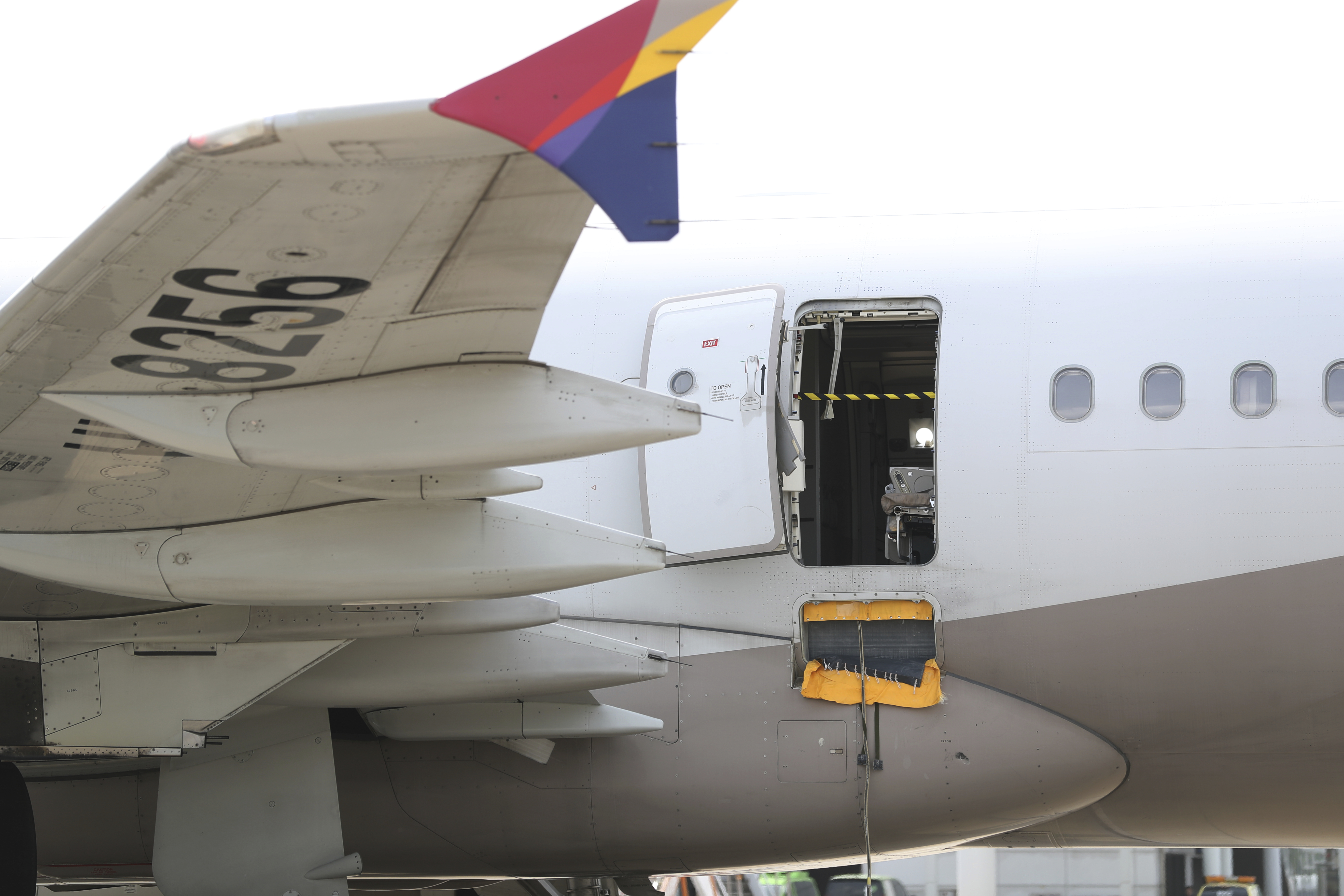 South Korean man facing up to 10 years in prison after opening airplane door in midair
South Korean man facing up to 10 years in prison after opening airplane door in midairSpeed Read
-
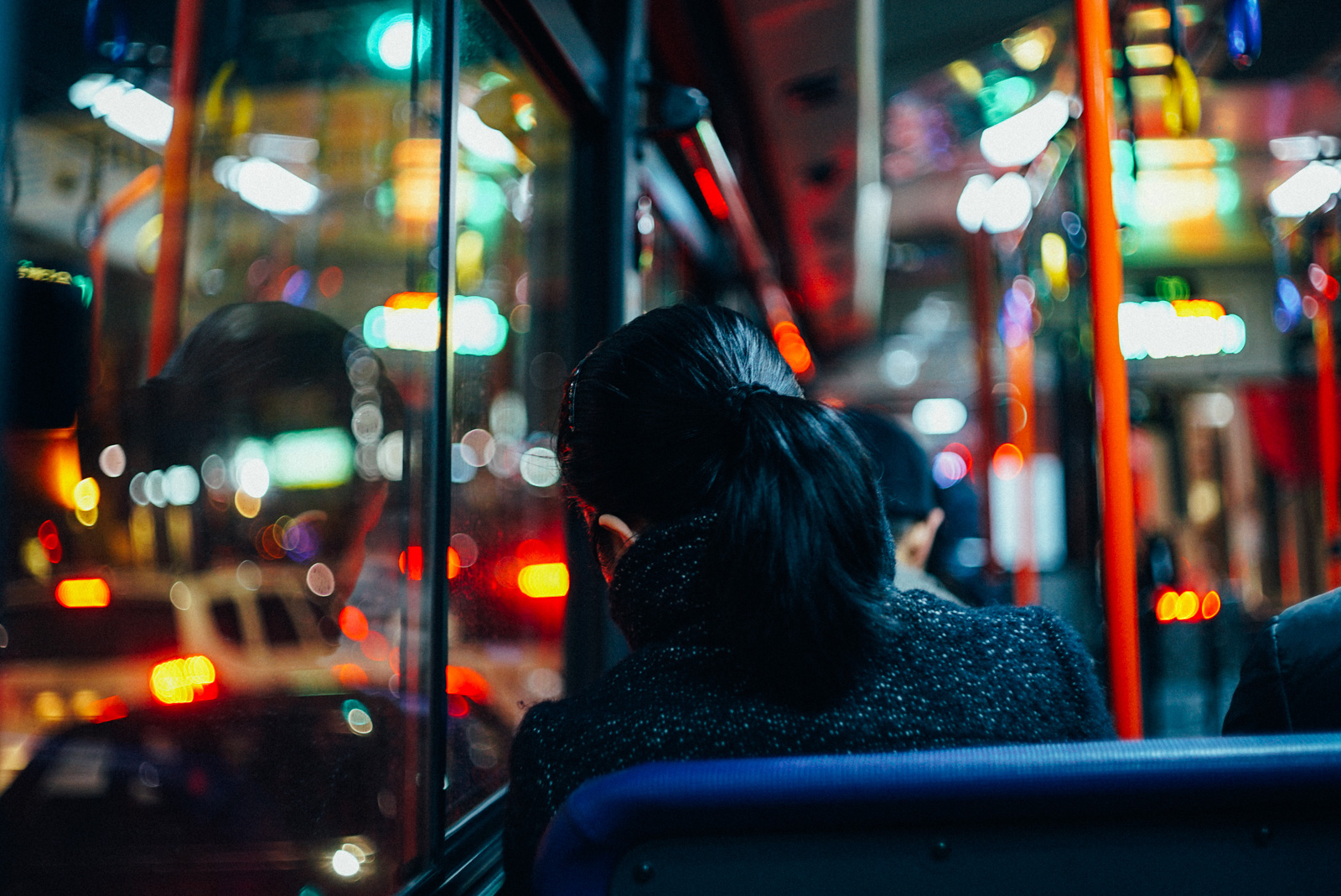 Why South Korea's young people are so lonely
Why South Korea's young people are so lonelySpeed Read Could a financial stipend help the nation's "reclusive" lonely young people?
-
 Woman passes driving test at 960th attempt
Woman passes driving test at 960th attemptfeature And other stories from the stranger side of life
-
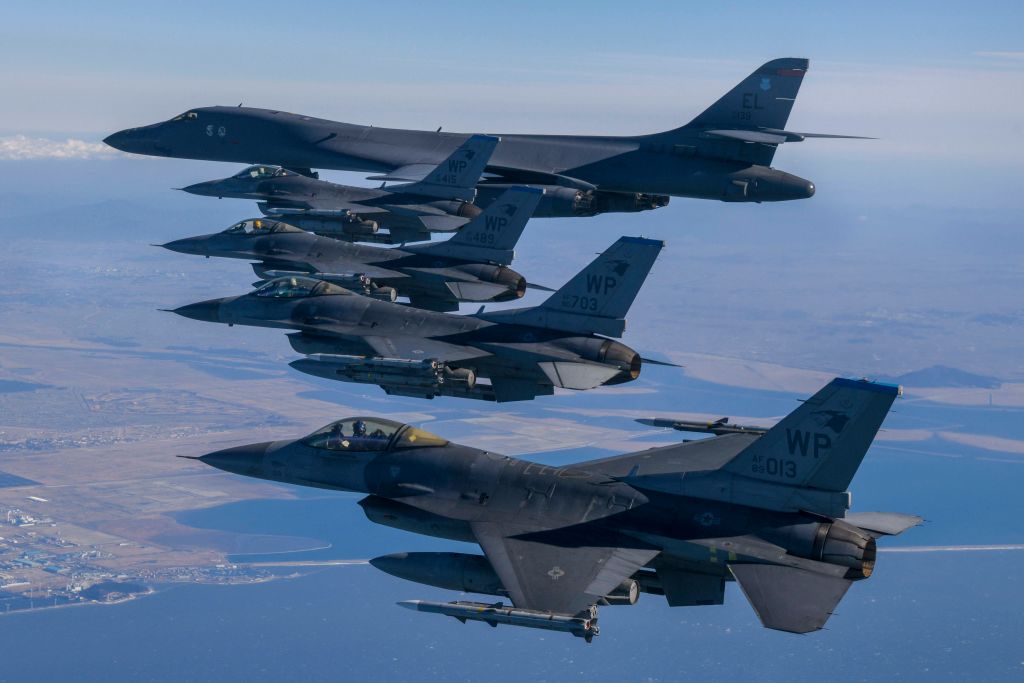 U.S. holds air exercises with Asian nations following North Korean missile test
U.S. holds air exercises with Asian nations following North Korean missile testSpeed Read
-
 Even with incentives, countries are finding it hard to reverse falling birth rates
Even with incentives, countries are finding it hard to reverse falling birth ratesSpeed Read